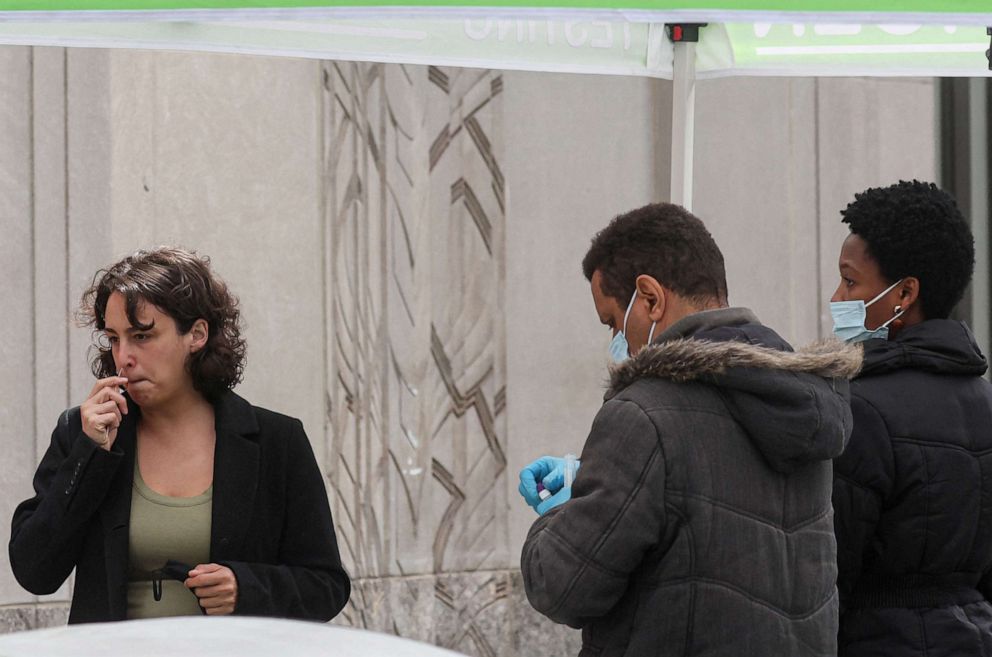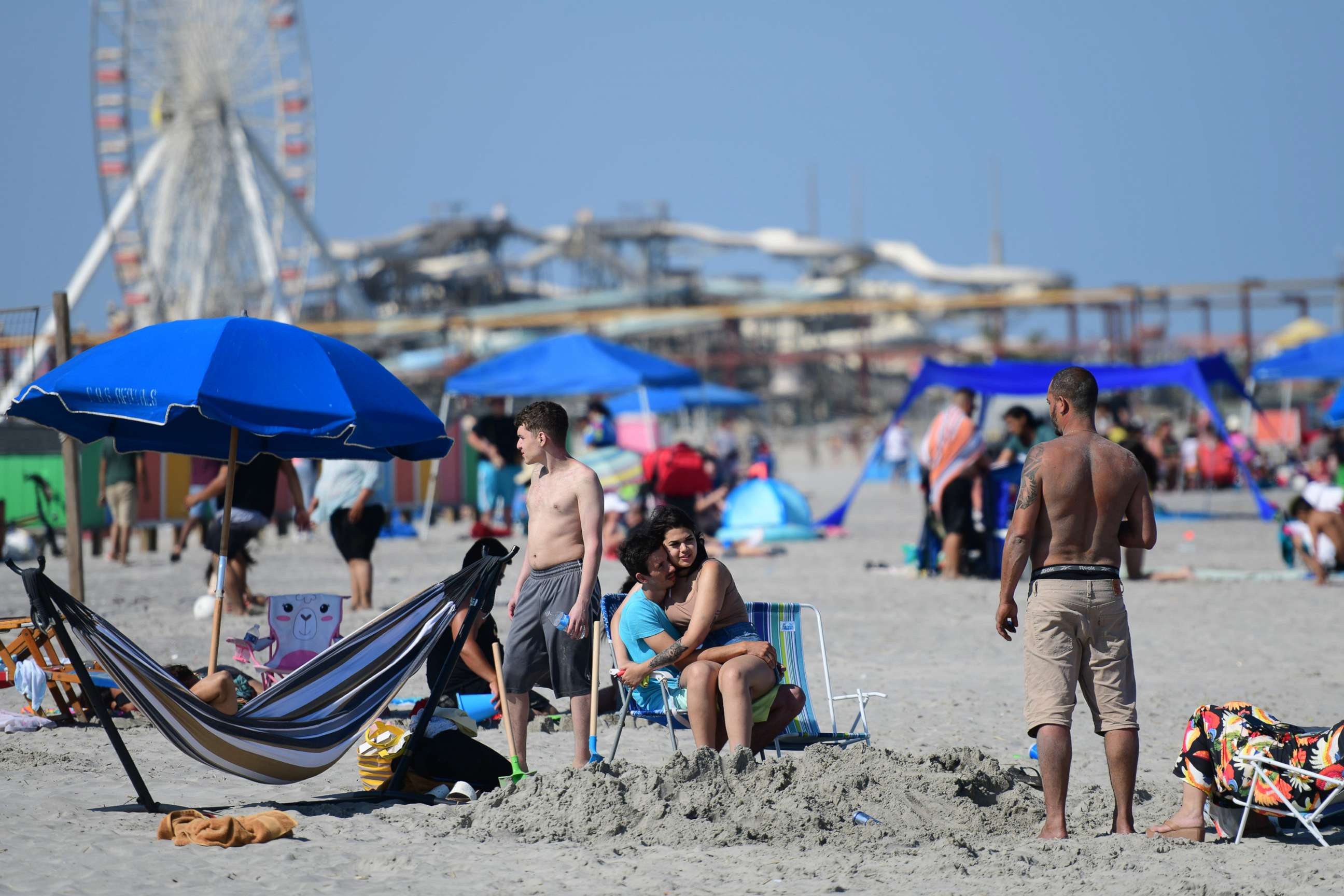Reported COVID-19 infection levels nearly 6 times higher than last Memorial Day
This week also marks the eighth consecutive week of increasing COVID-19 cases.
Millions of Americans traveled for Memorial Day weekend at levels not seen since before the onset of the pandemic.
It marked a return to normalcy for many and a chance to gather with family and friends.
But in reality, the situation was far from normal -- with confirmed COVID-19 cases nearly six times higher than last Memorial Day, according to data from the Centers for Disease Control and Prevention.
And case totals are likely even higher that are being reported this year with the widespread availability of at-home testing.

This week also marks the eighth consecutive week of increasing COVID-19 cases in the U.S., the data shows.
On average, the U.S. is reporting nearly 110,000 new cases every day, and for the seventh consecutive week, COVID-19 cases among children have also increased. Last week, 112,000 additional pediatric COVID-19 cases were reported, a doubling of case counts from the four weeks prior, according to a new report from the American Academy of Pediatrics (AAP) and the Children’s Hospital Association (CHA). Last year, at this time, the U.S. was reporting around 10,000 pediatric cases a week.
The U.S. also continues to see an increase in the overall number of patients requiring care for COVID-19. On average, more than 3,500 virus-positive Americans are being admitted to the hospital each day.
However, the hospitalization level is nowhere near its peak, and while virus-related deaths are ticking up, they are not near peak levels either.
Last week, updated CDC data also revealed that more than half of the U.S. population is now living in a county that has a high or medium community risk level for COVID-19.
A total of 55.7% of Americans are currently living in a high or medium community risk county. Nearly a quarter of those people — 23.1% — are living in a high-risk community, while just under a third — 32.6% — are living in a medium risk county.
The high community level suggests there is a "high potential for healthcare system strain," and a "high level of severe disease," and thus, the CDC recommends that people wear a mask in public indoor settings, including schools, while under the medium risk level, if an individual is considered at "increased risk", they are recommended to speak with their healthcare provider about whether or not they should wear a mask.
There are signs that some areas of the country may be seeing a slow of infections. In New England, new case rates have declined by 18% in the last week, according to CDC.
However, many areas of the region — including counties in Massachusetts, New York, New Jersey, Connecticut, Delaware, as well as the northern part of Pennsylvania — are still considered high risk.

Amid the rise in infections, a growing list of school districts and universities are now moving to bring back mask requirements.
Last week, students in Philadelphia and Providence, Rhode Island, were made to put their masks back on, ahead of the end of the school year amidst increasing infection rates in the community.
In Delaware, where every county is currently considered "high" risk for COVID-19, according to the CDC's definition, the University of Delaware reinstated its masking requirement for all indoor spaces, and across the country, in California, officials at the University of California Los Angeles and University of Hawaiʻi both recently brought back their face covering requirements.




